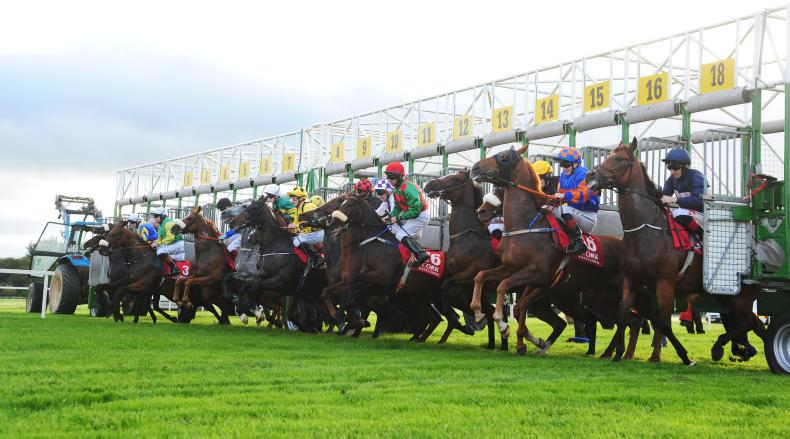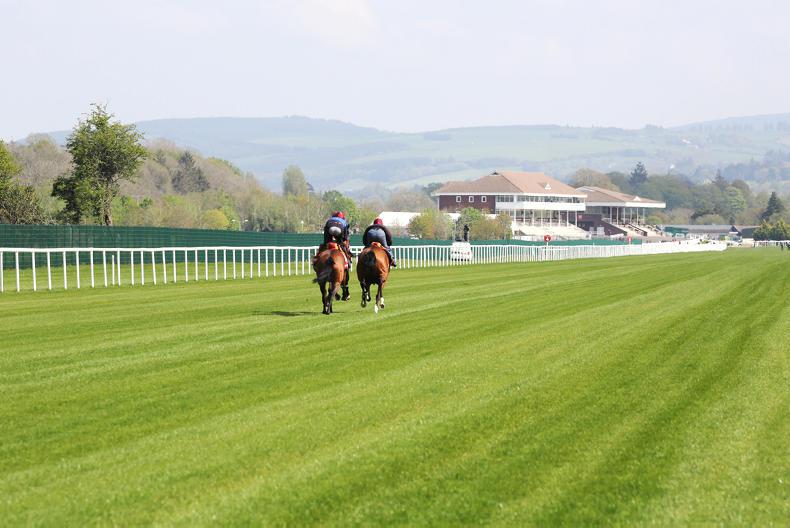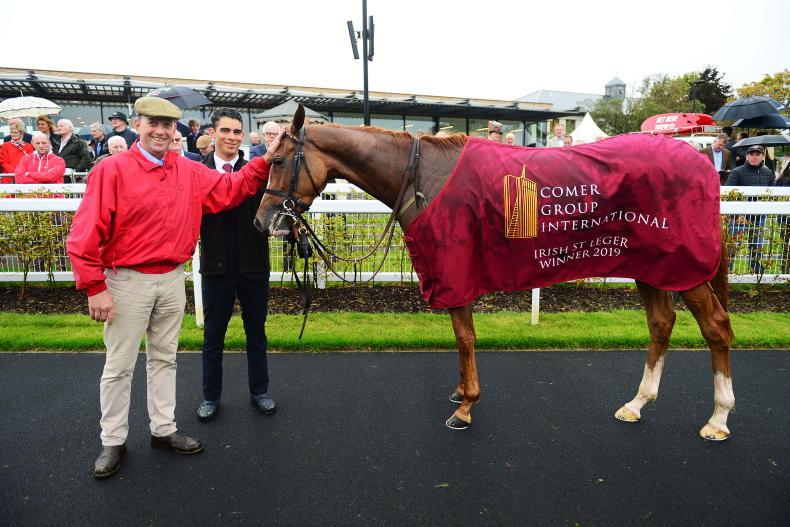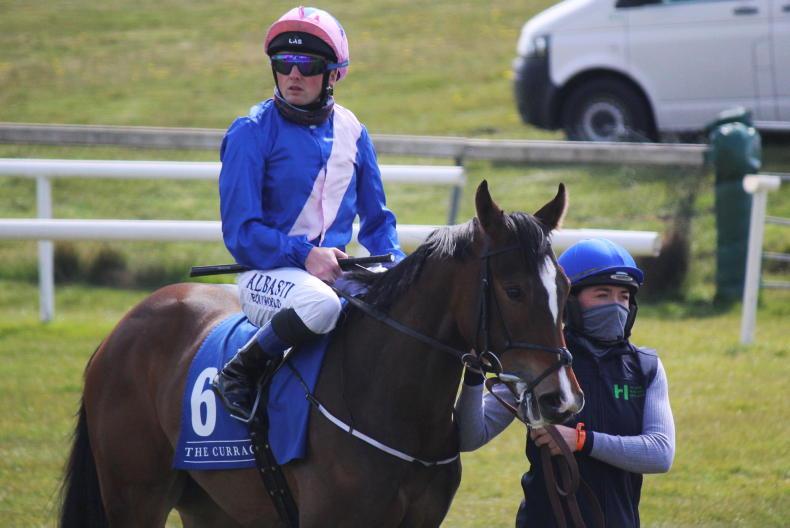THIS year marks the 50th anniversary of the rollout of starting stalls at each flat racecourse in Ireland.
It is fitting that the occasion was marked with the utilisation of new stalls at Cork Racecourse in conjunction with the opening of the new sprint track there yesterday.
Horse Racing Ireland (HRI) has made a significant investment in starting stalls on a phased basis over the last number of years, replacing older sets of stalls at 10 racecourses (Curragh, Navan, Gowran Park, Galway, Limerick, Roscommon, Fairyhouse, Tipperary, Killarney and Cork).
Starting stalls were first introduced to Irish racing at the Curragh in 1966, for five- and six-furlong races only, and the first recorded winner of a flat race using stalls in Ireland was Theo – owned by Mrs. C.W. Engelhard, trained by Vincent O’Brien and ridden by Liam Ward – in the Rathbride Stakes over five furlongs.
The following year saw races over seven furlongs and a mile also using starting stalls and by 1968 all races, including classics, were started from stalls at the Curragh.
In 1969, starting stalls were introduced at Leopardstown, Phoenix Park, Naas and Navan, and the stalls utilised at these tracks (and The Curragh) were termed ‘Metropolitan Stalls’, named as such because they were covering the metropolitan area. These stalls were manufactured and assembled by Peter Curran; an engineer based close to Leopardstown Racecourse at the time.
Non-metropolitan racecourses, including Limerick and Galway, followed suit, racing from starting stalls using open-topped, portable ‘Italian’ stalls sourced outside of Ireland.
The decades that followed have seen many changes with the introduction of newer starting stalls from international manufacturers such as Racetech (UK), Steriline (Australia) and, more recently, Fornells (France).
The latest additions have been manufactured in France by Fornells and are also used at many French racecourses. Fornells were selected as the preferred manufacturer following a competitive tender process and a comprehensive evaluation of all the various international options available.
The manufacturing process for each set of starting stalls takes several months, and the stalls are then assembled by Fornells and HRI technicians when they arrive in Ireland. The stalls have undergone extensive testing at each racecourse and have been very well received by jockeys and trainers alike.
The benefits of the new starting stalls include:
In order to provide the highest level of service for starting stalls going forward, Horse Racing Ireland has also rented a newly-built stalls workshop facility at Punchestown Racecourse to service, repair and maintain all racecourse starting stalls.


 This is a subscriber-only article
This is a subscriber-only article
 It looks like you're browsing in private mode
It looks like you're browsing in private mode











SHARING OPTIONS: